Home>Interior Design>Living Room Furniture Arranging Mistakes: 7 Ways To Avoid Bad Layouts
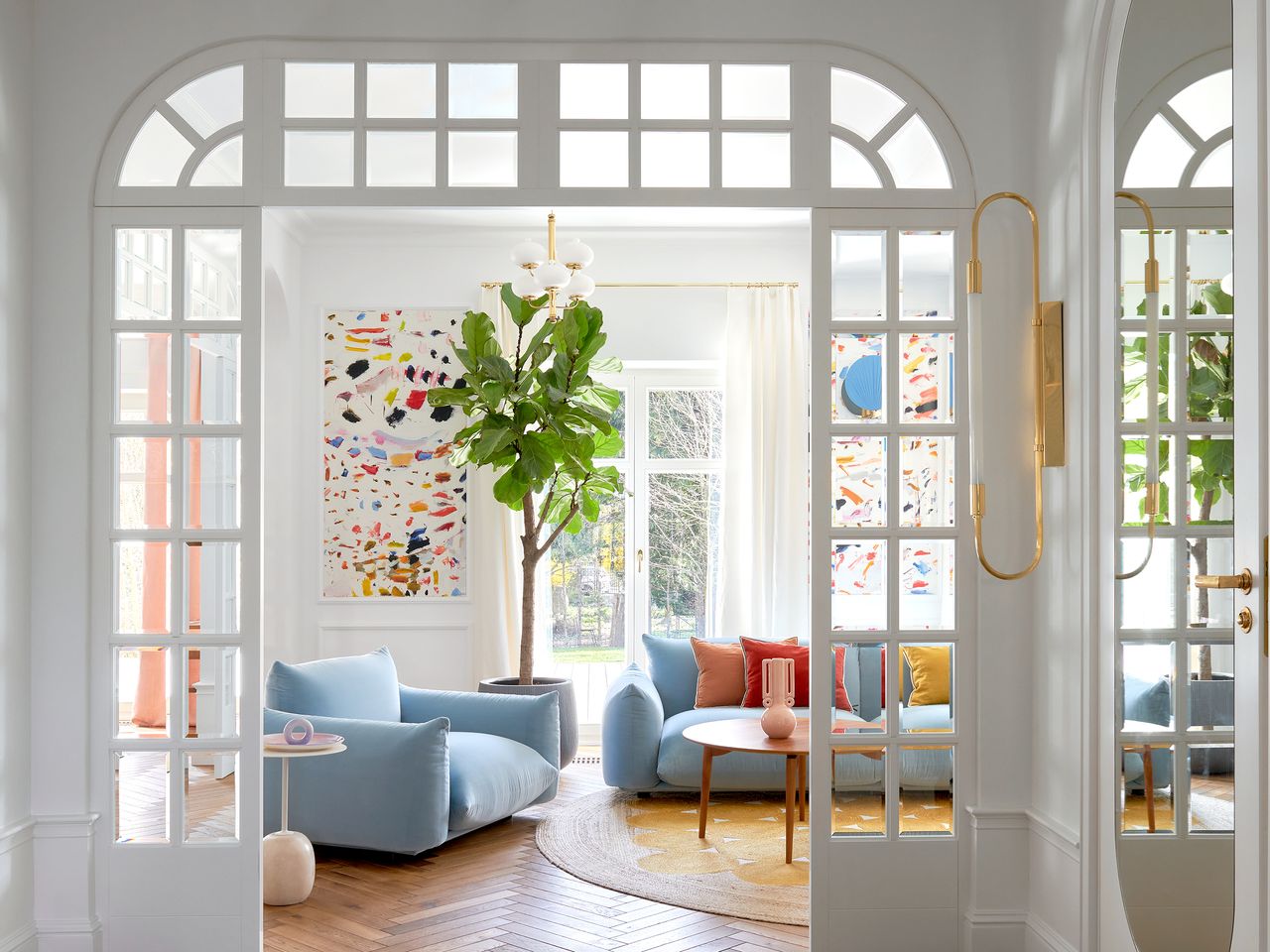

Interior Design
Living Room Furniture Arranging Mistakes: 7 Ways To Avoid Bad Layouts
Modified: January 19, 2024
Avoid common mistakes in arranging your living room furniture with these 7 helpful tips. Transform your interior design with better layouts.
(Many of the links in this article redirect to a specific reviewed product. Your purchase of these products through affiliate links helps to generate commission for Storables.com, at no extra cost. Learn more)
Introduction
The way you arrange your living room furniture can have a huge impact on the overall look and feel of the space. A well-designed furniture layout can create a harmonious and inviting atmosphere, while a poorly arranged space can feel cramped, disjointed, and uncomfortable.
When it’s time to rearrange your living room or decorate a new space, it’s important to avoid common furniture arranging mistakes. These mistakes can make your room look awkward and hinder the functionality of the space. In this article, we’ll explore seven common living room furniture arranging mistakes and share tips on how to avoid them.
By understanding these mistakes and knowing how to avoid them, you can transform your living room into a stylish and functional space that meets your needs and showcases your personal style.
Key Takeaways:
- Avoid pushing furniture against the walls to create a more intimate and inviting seating area. Experiment with different placements and use area rugs to define the space.
- Consider the focal point, traffic flow, and functionality of the room when arranging furniture. Balance and symmetry are key for a visually appealing and harmonious living room design.
Mistake 1: Pushing Furniture Against the Walls
One of the most common mistakes people make when arranging their living room furniture is pushing everything against the walls. While it may seem like a logical way to create more open space in the center of the room, this arrangement can actually make the room feel cold and empty.
When furniture is placed against the walls, it creates a large empty space in the center of the room, making it difficult to have conversations or create a cozy atmosphere. Instead, try pulling your furniture away from the walls and toward the center of the room. This creates a more intimate and inviting seating area.
Tip: Experiment with different furniture placements to find the arrangement that works best for your living room. Consider using an area rug to anchor your seating area and define the space.
If you have a small living room, pushing furniture against the walls can make the space feel even smaller. Instead, try floating your furniture away from the walls, creating a more open and spacious feel. This will give the illusion of a bigger room and make it more comfortable for people to move around.
Tip: Use furniture pieces with exposed legs, such as sofas and chairs, to create a sense of lightness and openness in your living room.
By avoiding the mistake of pushing furniture against the walls, you can create a more visually pleasing and functional living room space.
Mistake 2: Neglecting Traffic Flow
When arranging furniture in your living room, it’s important to consider the flow of traffic throughout the space. Neglecting traffic flow can lead to cramped and awkward pathways, making it difficult for people to move around comfortably.
A common mistake is blocking walkways with furniture. This can happen when you place large pieces of furniture, such as sofas or console tables, in the middle of a pathway. Not only does it create a physical obstacle, but it also disrupts the natural flow of the room.
To avoid this mistake, take the time to assess the natural traffic patterns in your living room. Consider how people enter, exit, and move through the space. Make sure to leave clear pathways that allow for easy movement without obstruction.
Tip: Arrange your furniture in a way that creates a logical flow from one area to another. For example, place the sofa facing the TV or fireplace and leave clear space for people to walk between the seating area and other areas of the room.
In addition to considering the main walkways, also think about secondary traffic flow. If there are doors, windows, or other access points in your living room, make sure to leave space for people to open and walk through them without difficulty.
Tip: If you have a small living room and limited space, consider using furniture with a smaller footprint or opting for pieces that can serve multiple functions, such as a storage ottoman or a sofa bed.
By paying attention to traffic flow and ensuring clear pathways in your living room, you can create a more functional and comfortable space for both everyday living and entertaining.
Mistake 3: Not Considering the Focal Point
A common mistake when arranging furniture in a living room is not considering the focal point of the space. The focal point is the main element that draws attention and anchors the room’s design. Neglecting to consider the focal point can result in a lack of cohesion and visual imbalance.
The focal point can vary depending on the layout of your living room. It could be a fireplace, a large window with a beautiful view, a TV, or a piece of artwork. The key is to arrange the furniture in a way that highlights and complements the focal point.
If your living room has a fireplace, for example, it’s best to arrange the seating area around it. Make sure the furniture is facing the fireplace to create a cozy and intimate atmosphere. This arrangement not only enhances the visual appeal of the room but also makes it more functional for conversations or relaxing by the fire.
Tip: If your living room doesn’t have a built-in focal point, you can create one. Consider using a large piece of artwork, a statement piece of furniture, or even a gallery wall to draw attention and serve as the focal point of the room.
Another mistake to avoid is competing focal points. If you have multiple elements in your living room that could be considered as focal points, such as a TV and a fireplace, try to find a balance and ensure they work together harmoniously. You can do this by creating separate zones within the room, such as a seating area focused on the fireplace and a separate area for TV viewing.
Tip: Use proper lighting, such as track lighting or strategically placed lamps, to highlight the focal point and create a visually appealing atmosphere.
By considering the focal point and arranging your furniture in a way that highlights it, you can create a visually pleasing and cohesive living room design.
Mistake 4: Overcrowding the Space
One of the biggest mistakes people make when arranging their living room furniture is overcrowding the space. It’s important to strike a balance between having enough seating and leaving enough room for movement and functionality.
When there are too many furniture pieces in a small living room, it can make the space feel cramped and claustrophobic. It can also make it difficult for people to move around freely and comfortably. On the other hand, having too little furniture can make the room feel sparse and lacking in functionality.
To avoid overcrowding your living room, start by identifying the essential furniture pieces that you need. This typically includes a sofa, chairs, coffee table, and possibly a TV stand or console. Once you have these key pieces, consider the size and scale of your furniture in relation to the room.
Tip: Measure your living room and piece of furniture before making any purchases. This will help you determine whether the furniture will fit comfortably and leave enough space for circulation.
When arranging your furniture, allow for some breathing room between each piece. Avoid placing all the furniture pieces against each other, opting instead for a more open and balanced arrangement. This will create an inviting and visually appealing living room.
Another way to avoid overcrowding is to consider the functionality of the space. Think about how you and your family will use the room. If you enjoy entertaining, for example, make sure to leave enough space for guests to move around and socialize comfortably.
Tip: Consider incorporating multifunctional furniture, such as a storage ottoman or a sofa bed, to maximize the functionality of your living room without crowding the space.
By avoiding the mistake of overcrowding your living room, you can create a comfortable and functional space that promotes relaxation and social interaction.
When arranging living room furniture, avoid pushing all the pieces against the walls. Instead, create a more intimate and conversational seating arrangement by pulling the furniture away from the walls.
Mistake 5: Using Furniture That’s Too Large or Small
Choosing the right size of furniture is crucial when arranging your living room. Using furniture that’s too large or too small for the space can throw off the balance and proportion of the room, making it feel awkward and unbalanced.
If you have a small living room, using oversized furniture can make the space look even smaller and more cramped. It can also make it challenging to move around and find a comfortable seating position. On the other hand, using furniture that’s too small for a large living room can make the space feel empty and lacking in coziness.
When selecting your furniture, consider the size and scale of the room. Take measurements and visualize how the furniture will fit and fill the space. Remember to leave enough room for pathways and circulation.
Tip: Use furniture with a smaller footprint, such as armless chairs or slimline sofas, for smaller living rooms to create the illusion of more space.
Equally important is to consider the scale of the furniture in relation to each other. A large sofa paired with small accent chairs can create a visual imbalance. Instead, choose furniture pieces that are proportionate to each other to ensure a harmonious and cohesive look.
Tip: Test out furniture arrangements before making any final decisions. Use masking tape or furniture templates to outline the dimensions of the furniture on the floor to get a sense of how it will fit in the space.
Additionally, consider the height of the furniture in relation to the ceiling. If your living room has high ceilings, using tall furniture pieces can help fill the vertical space and create a more visually balanced room.
Tip: Use vertical elements, such as floor-to-ceiling bookshelves or tall plants, to complement the height of furniture and create a sense of verticality in the room.
By avoiding the mistake of using furniture that’s too large or small, you can create a well-proportioned and visually pleasing living room that feels balanced and inviting.
Mistake 6: Forgetting About Balance and Symmetry
Creating balance and symmetry in your living room furniture arrangement is essential for achieving a visually pleasing and harmonious space. Forgetting about balance and symmetry is a common mistake that can make your room feel off-balance and visually unappealing.
Balance refers to the distribution of visual weight in a room. It’s important to distribute the furniture and accessories evenly throughout the space to create a sense of balance. For example, if you have a large sofa on one side of the room, you can balance it out by placing a couple of armchairs or a smaller sofa on the opposite side.
Symmetry, on the other hand, focuses on creating a mirrored or equal arrangement of furniture and accessories. This can be achieved by placing identical or similar furniture pieces on opposite sides of the room. Symmetry can bring a sense of order and harmony to the space.
Tip: Use a large area rug as an anchor point for your furniture arrangement. Arrange the main seating pieces around the rug to create a balanced and cohesive look.
Another element to consider is the placement of accessories and decor. For example, if you have a fireplace on one side of the room, you can create symmetry by placing identical decor objects or wall sconces on either side.
Tip: Use accessories such as throw pillows, lamps, or artwork to create symmetry and balance in your living room.
While balance and symmetry are important, it’s also essential to introduce some variety and visual interest through different textures, shapes, and sizes. This will help prevent your living room from feeling too rigid or monotonous.
Tip: Experiment with different furniture arrangements and accessory placements to find the right balance between symmetry and variety.
By avoiding the mistake of forgetting about balance and symmetry, you can create a visually appealing and well-designed living room that feels balanced and inviting to all who enter.
Mistake 7: Ignoring the Functionality of the Room
When arranging your living room furniture, it’s important not to overlook the functionality of the space. Ignoring the functionality of the room can lead to a layout that doesn’t cater to your needs and lifestyle.
Consider how you and your family will use the living room. Will it primarily be a space for relaxation and entertaining? Will you be working or studying in the room? Understanding the intended purpose of the space will help you determine the best furniture arrangement.
A common mistake is placing the TV at the opposite end of the room from the seating area. This can result in awkward viewing angles and strain on the neck. Instead, position the TV at eye level and arrange the seating around it for optimal viewing comfort.
Tip: If possible, invest in a TV stand or wall mount that allows you to swivel and adjust the angle of the TV to accommodate different seating positions.
Another aspect of functionality to consider is storage. If you have a small living room, it’s important to utilize furniture pieces that offer storage solutions. This can include coffee tables with built-in drawers or shelves, ottomans with hidden compartments, or bookcases that double as display and storage space.
Tip: Use storage baskets or bins to keep smaller items organized and hidden away.
Take into account the flow of activities within the room. For example, if you enjoy conversation and socialization, arrange the seating in a way that encourages face-to-face interactions. Add side tables for placing drinks and snacks to enhance the functionality of the seating area.
Tip: Configure the furniture in multiple conversation areas if you entertain often or have a large family.
Lastly, ensure that there is ample lighting for different activities. A well-lit living room not only enhances the functionality but also adds to the overall ambiance of the space. Consider incorporating a mix of ambient, task, and accent lighting to create a layered lighting scheme.
Tip: Use floor lamps, table lamps, and pendant lights to create a warm and inviting atmosphere while illuminating specific areas in the room.
By paying attention to the functionality of the room and incorporating it into your furniture arrangement, you can create a living room that is not only visually appealing but also tailored to your specific needs and lifestyle.
Conclusion
The way you arrange your living room furniture can have a significant impact on the overall look, feel, and functionality of the space. To create a stylish and inviting atmosphere, it’s essential to avoid common furniture arranging mistakes.
In this article, we explored seven common mistakes to avoid when arranging your living room furniture. From pushing furniture against the walls to neglecting traffic flow and ignoring the room’s functionality, each mistake can hinder the overall design and comfort of the space.
By understanding the importance of balance, symmetry, and considering the focal point, you can create a visually pleasing and harmonious living room. Avoiding overcrowding the space and choosing furniture of the right size will help maximize comfort and functionality.
Don’t forget to consider the traffic flow in your living room and leave clear pathways for easy movement. And finally, always ensure that the furniture arrangement complements the intended functionality of the room, whether it’s a space for relaxation, entertaining, or both.
Remember, don’t be afraid to experiment and adjust your furniture arrangement until you find what works best for your space and your personal style. Take into account your specific needs and preferences to create a living room that reflects your lifestyle and offers a welcoming ambiance for you, your family, and your guests.
By avoiding these common mistakes and applying the tips shared in this article, you can transform your living room into a well-designed, functional, and aesthetically pleasing space that you’ll love spending time in. So go ahead, start rearranging, and enjoy the benefits of a well-thought-out living room furniture arrangement!
Frequently Asked Questions about Living Room Furniture Arranging Mistakes: 7 Ways To Avoid Bad Layouts
Was this page helpful?
At Storables.com, we guarantee accurate and reliable information. Our content, validated by Expert Board Contributors, is crafted following stringent Editorial Policies. We're committed to providing you with well-researched, expert-backed insights for all your informational needs.
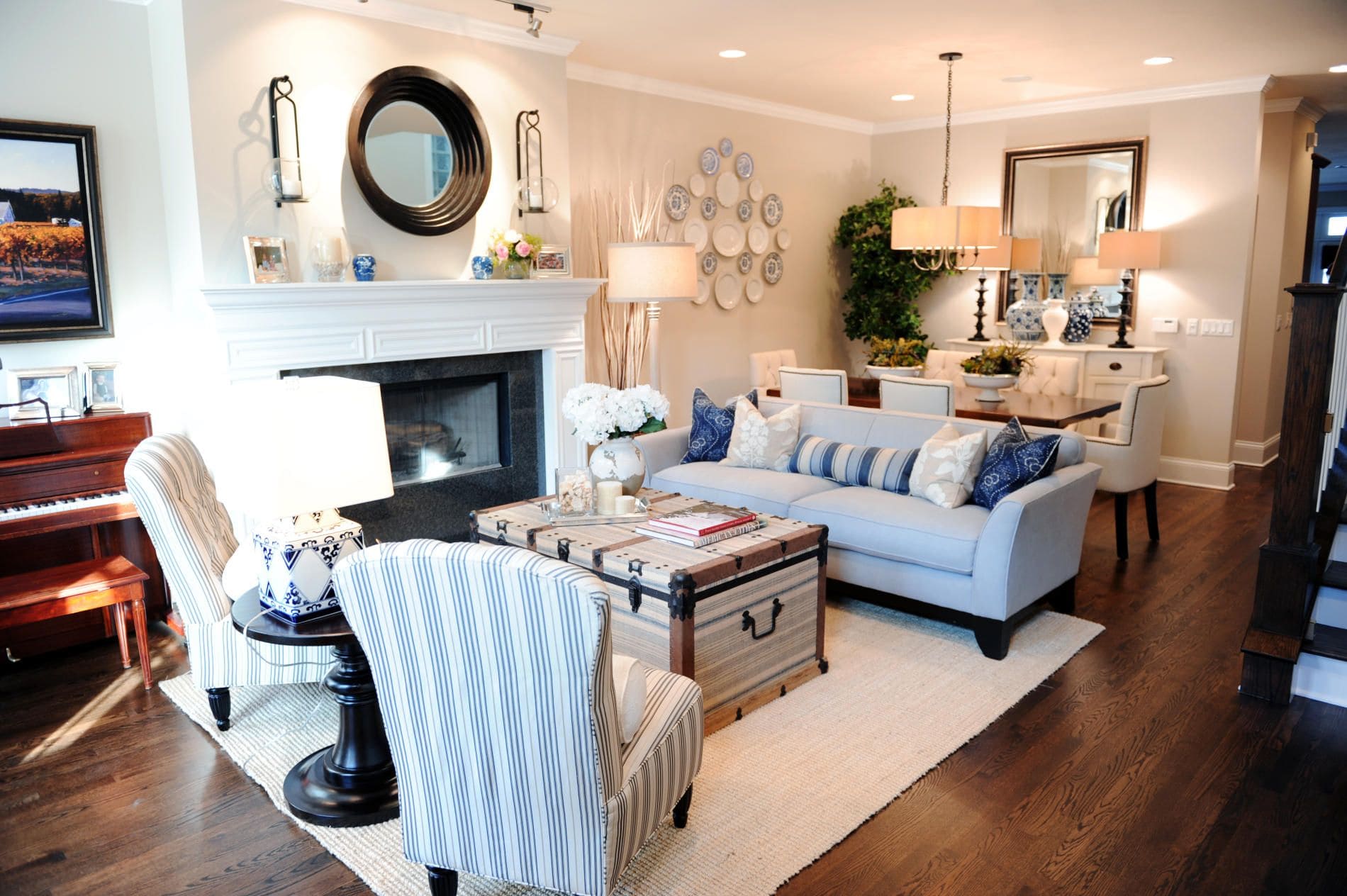
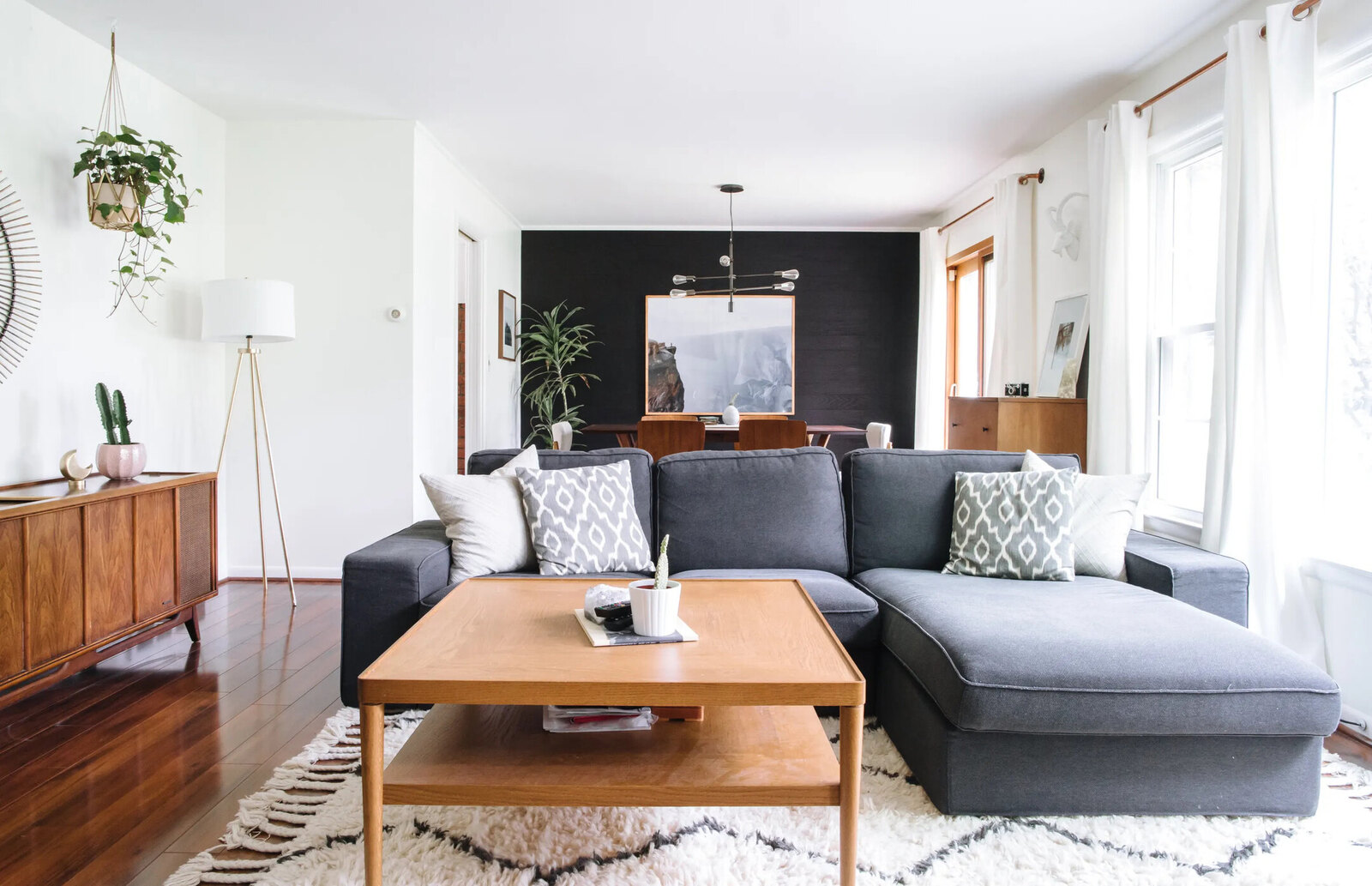
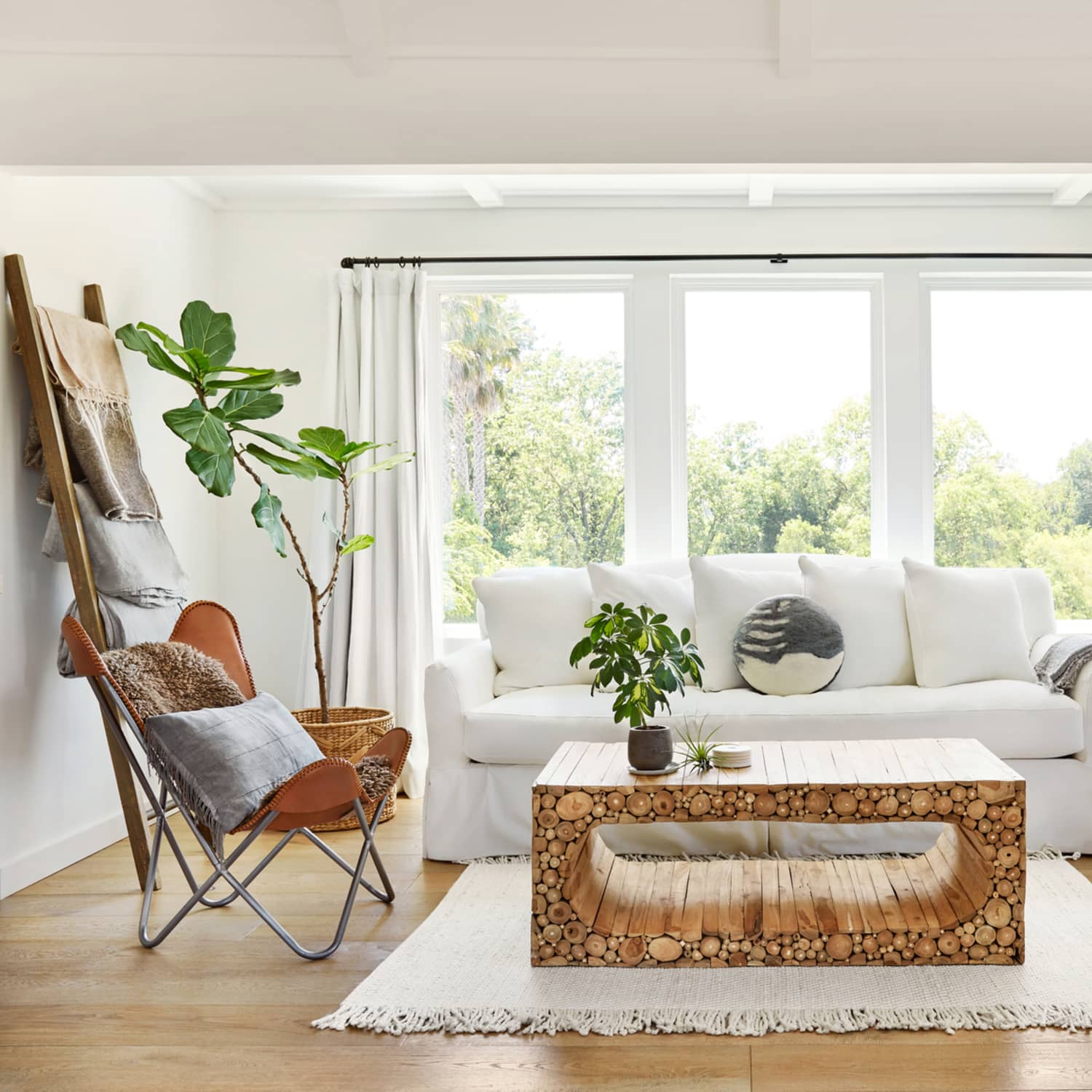
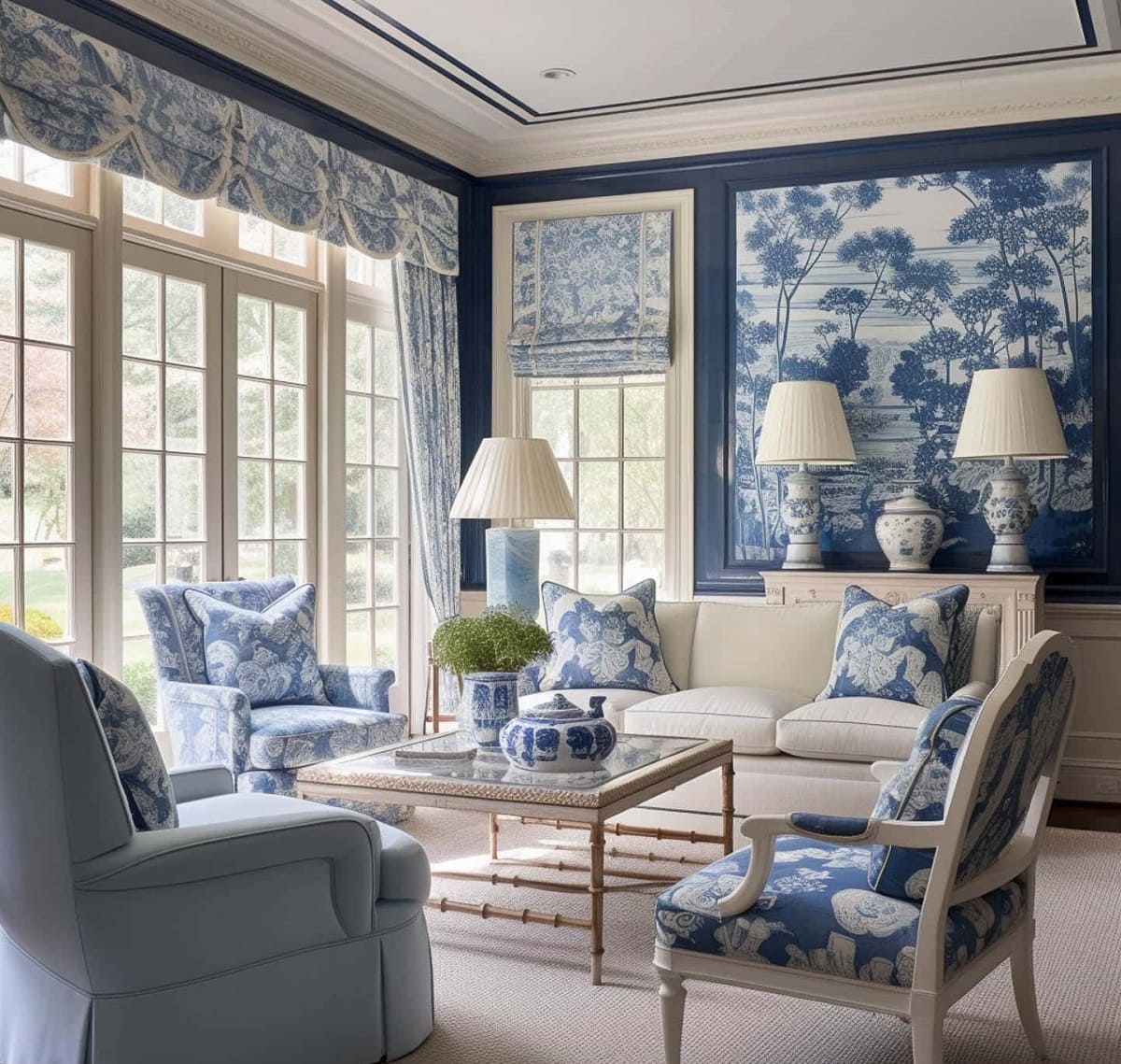
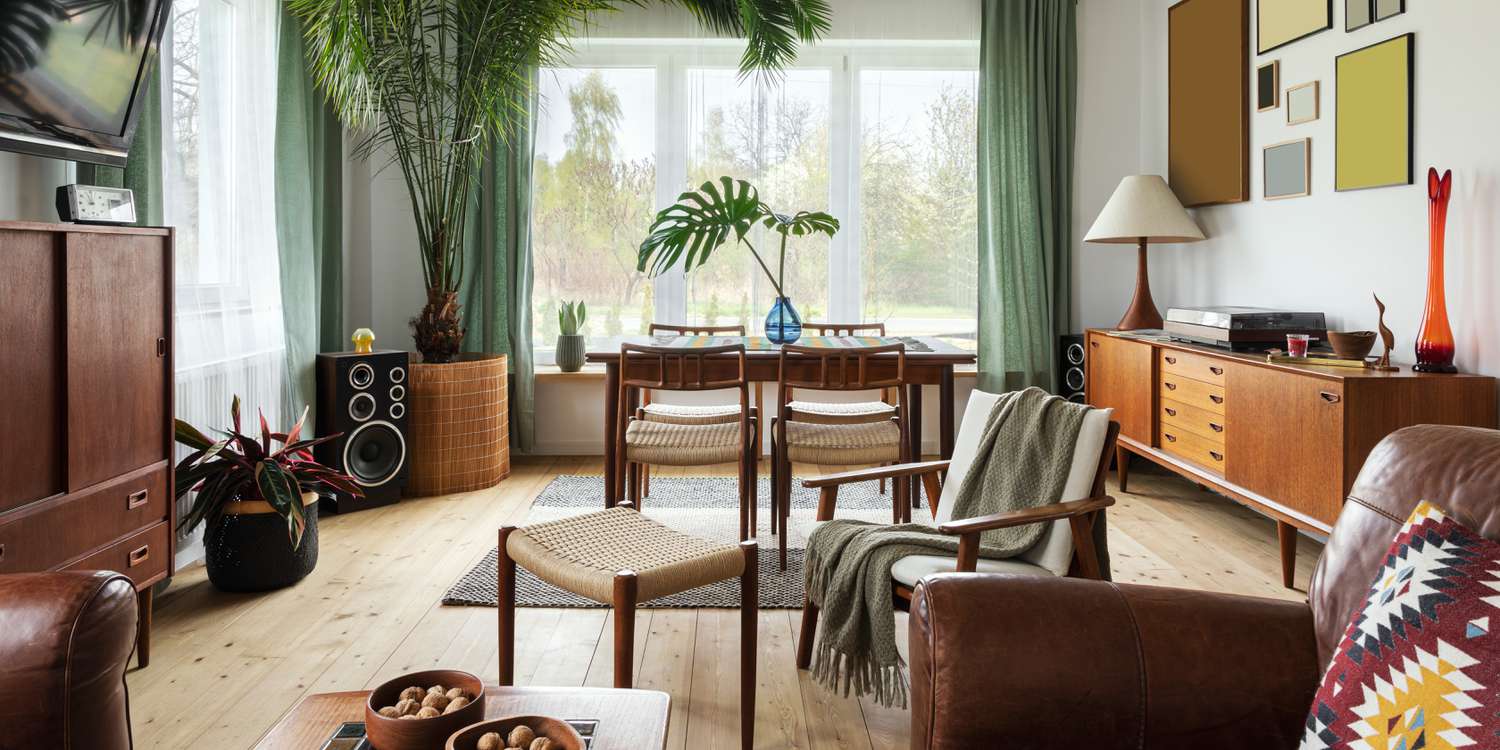
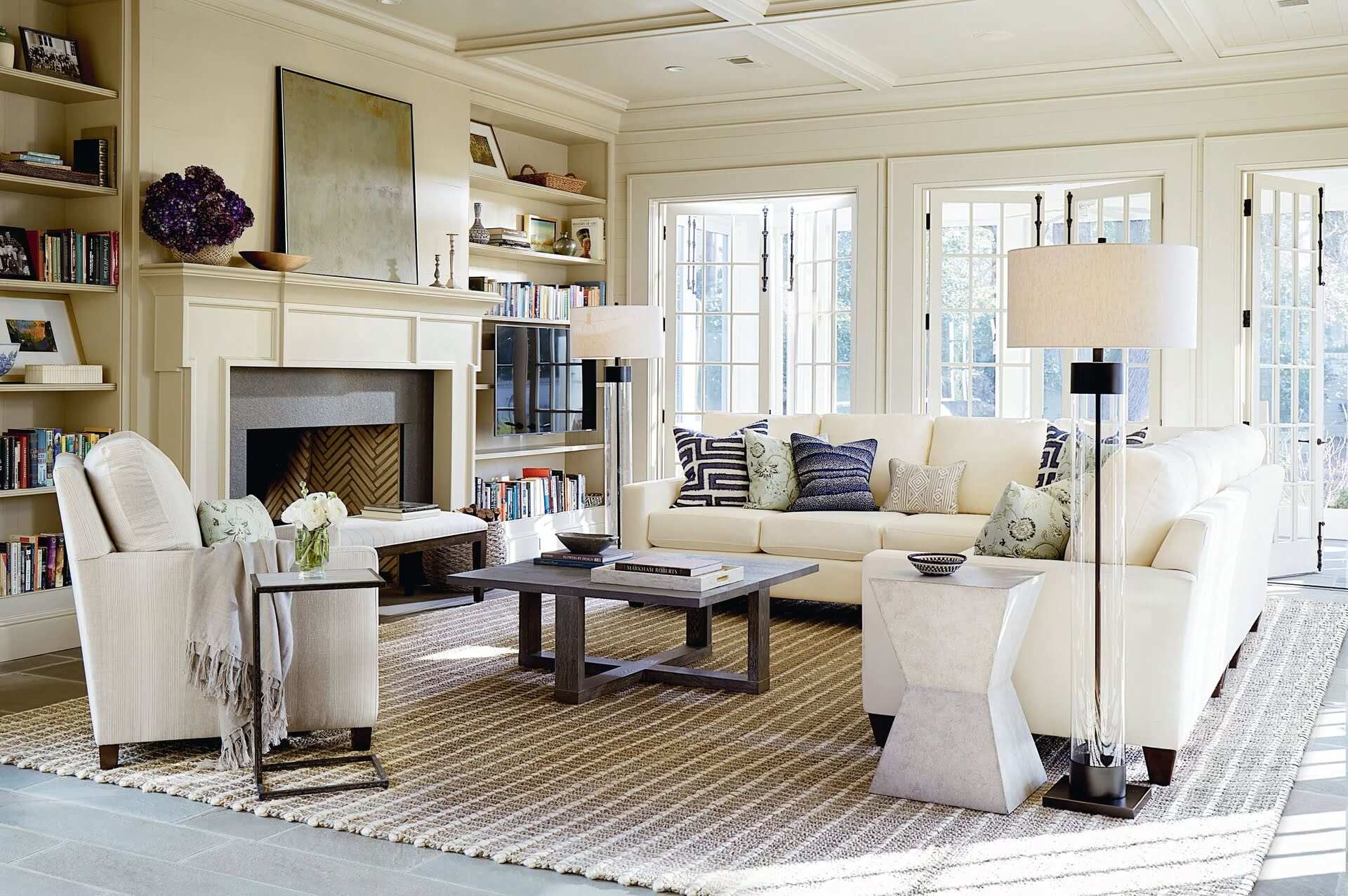
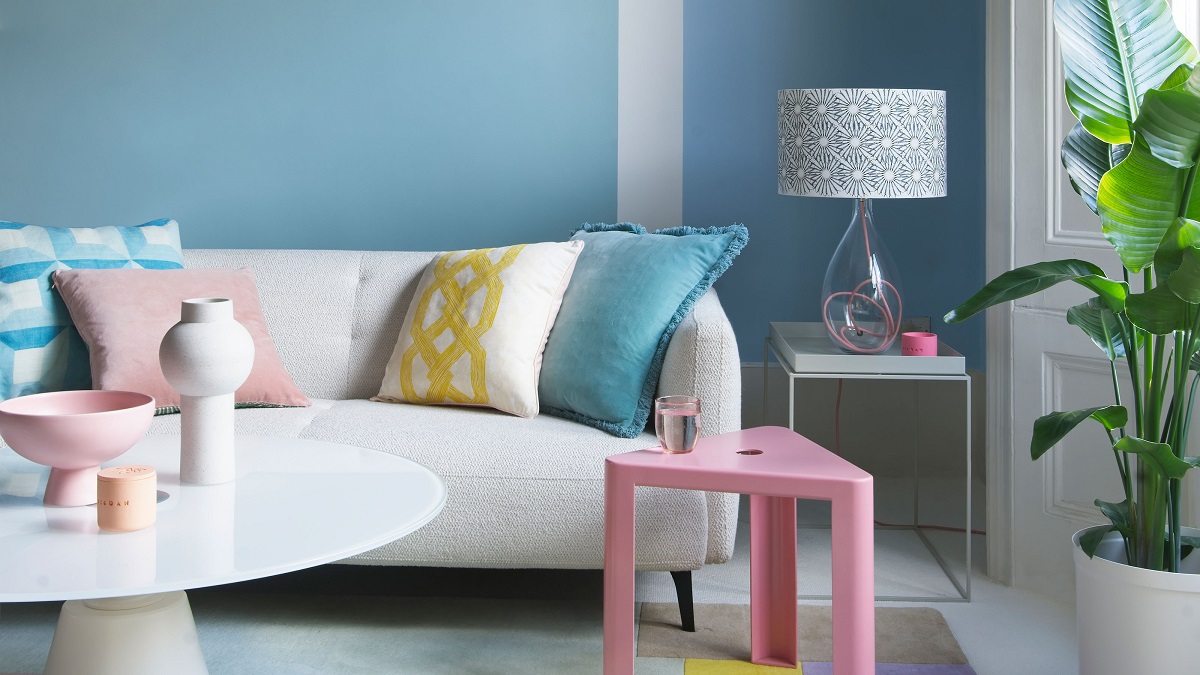
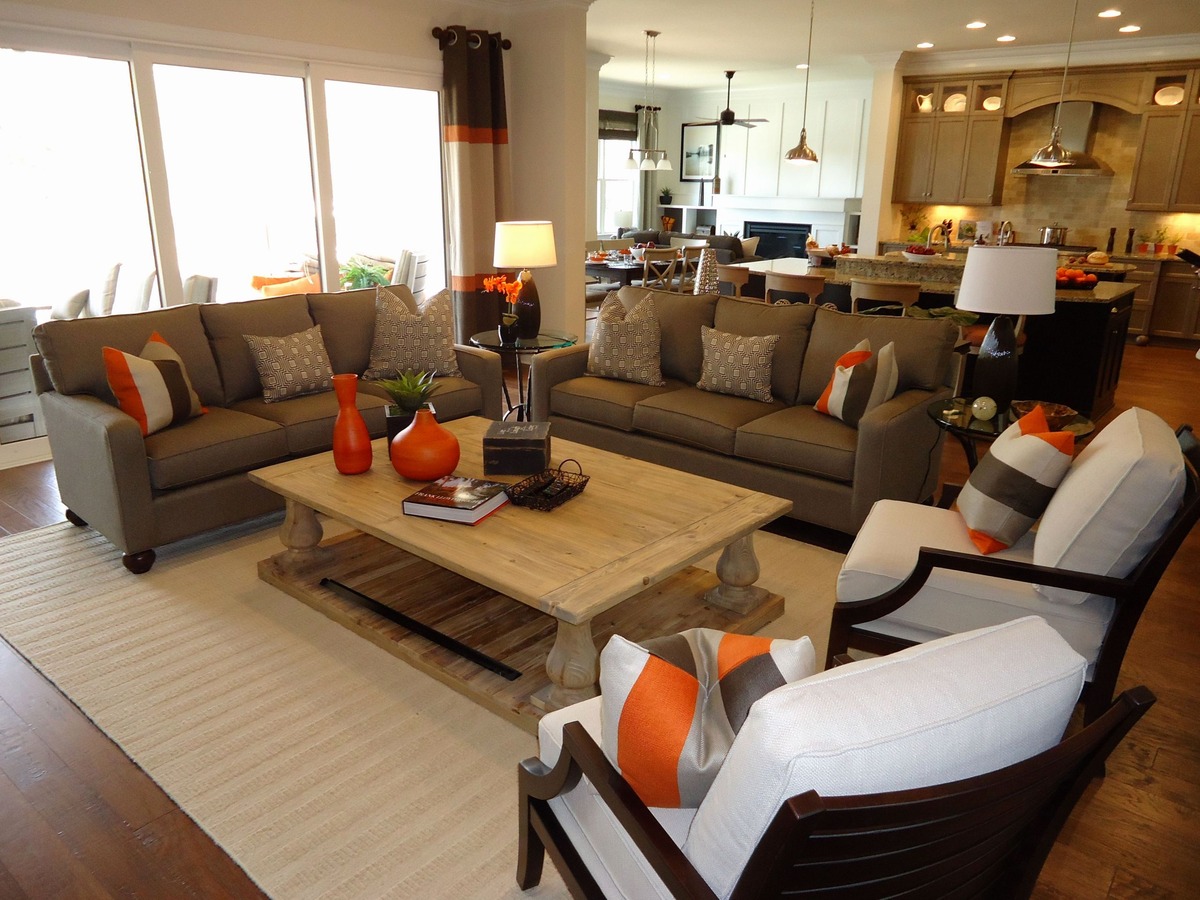
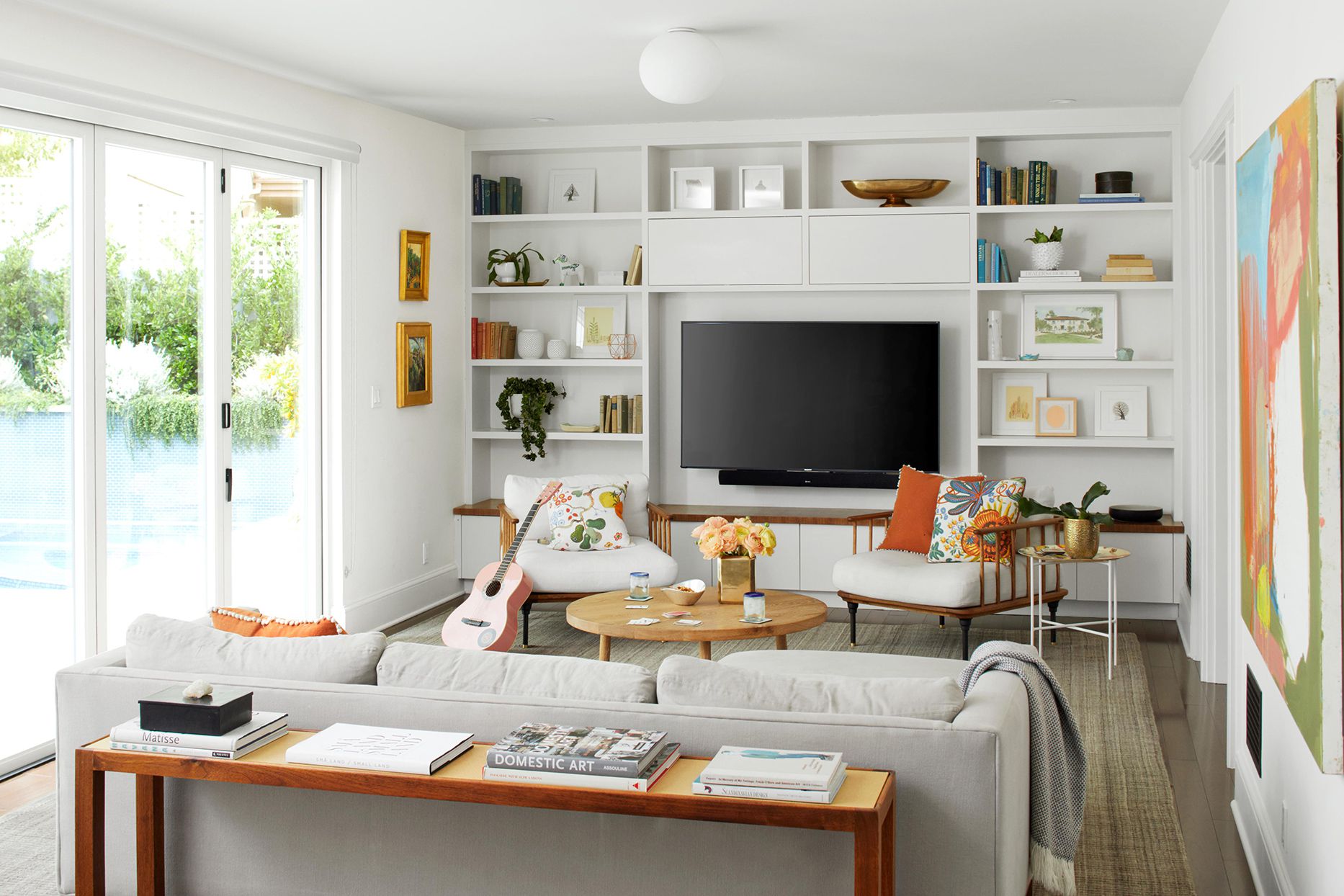
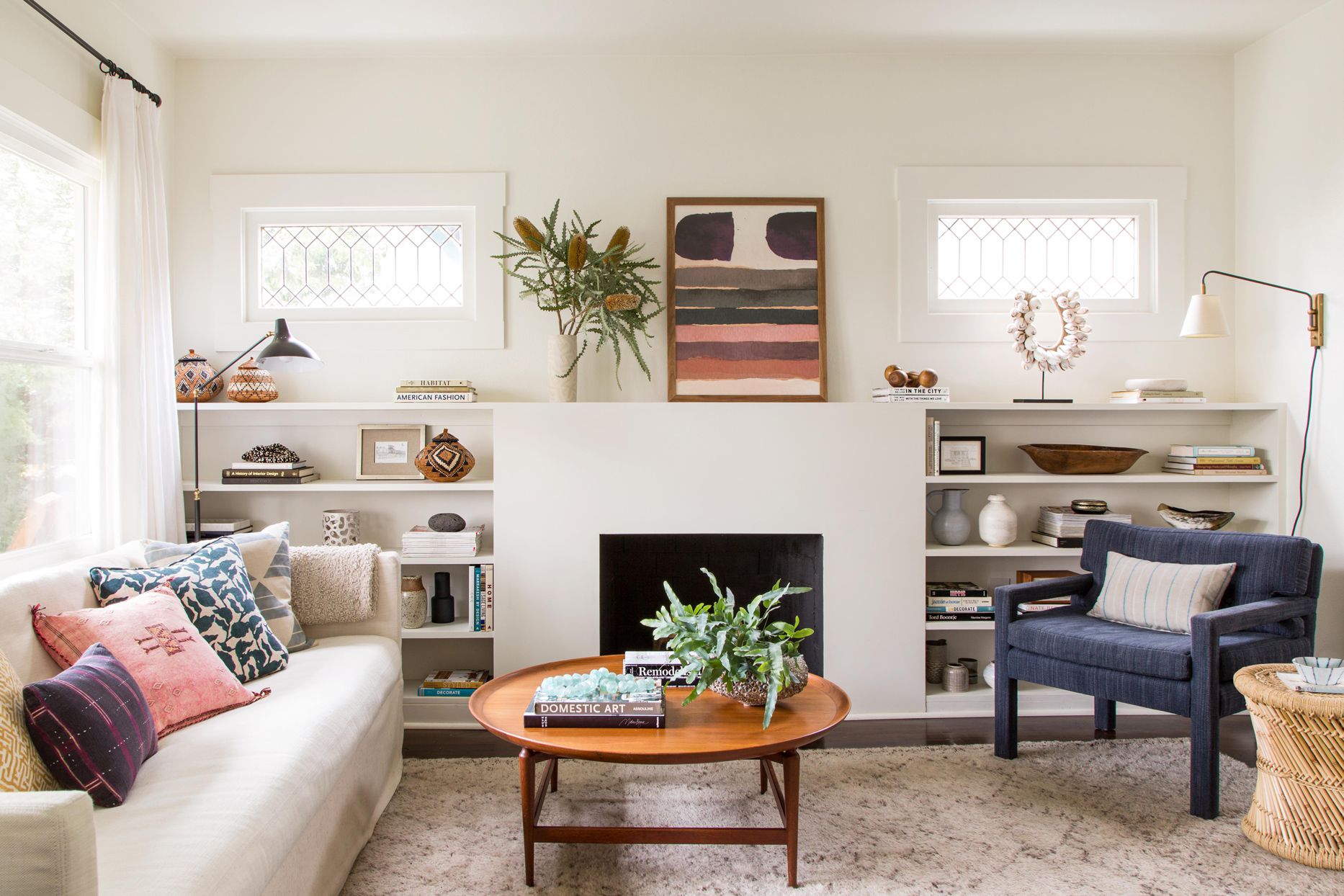
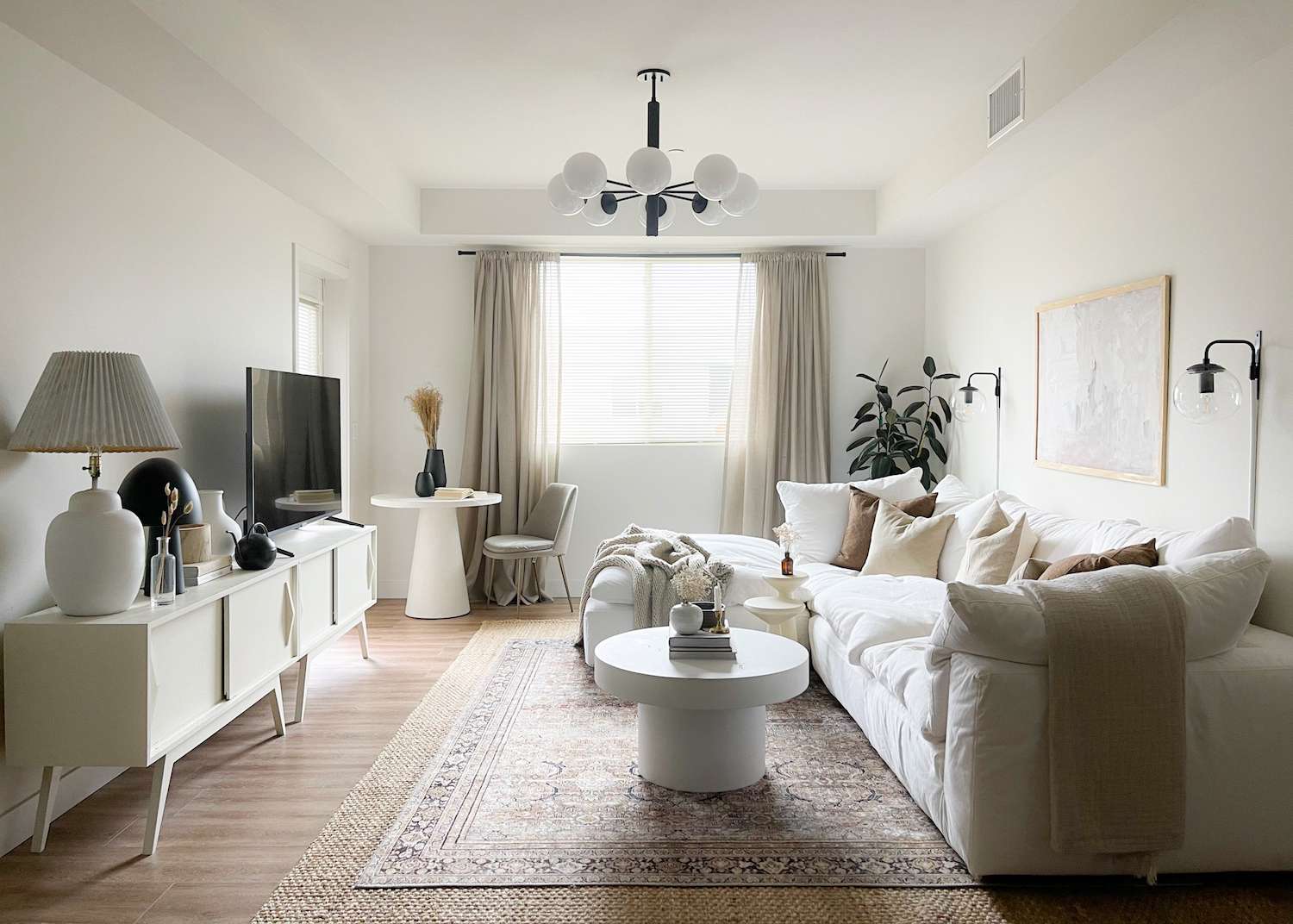
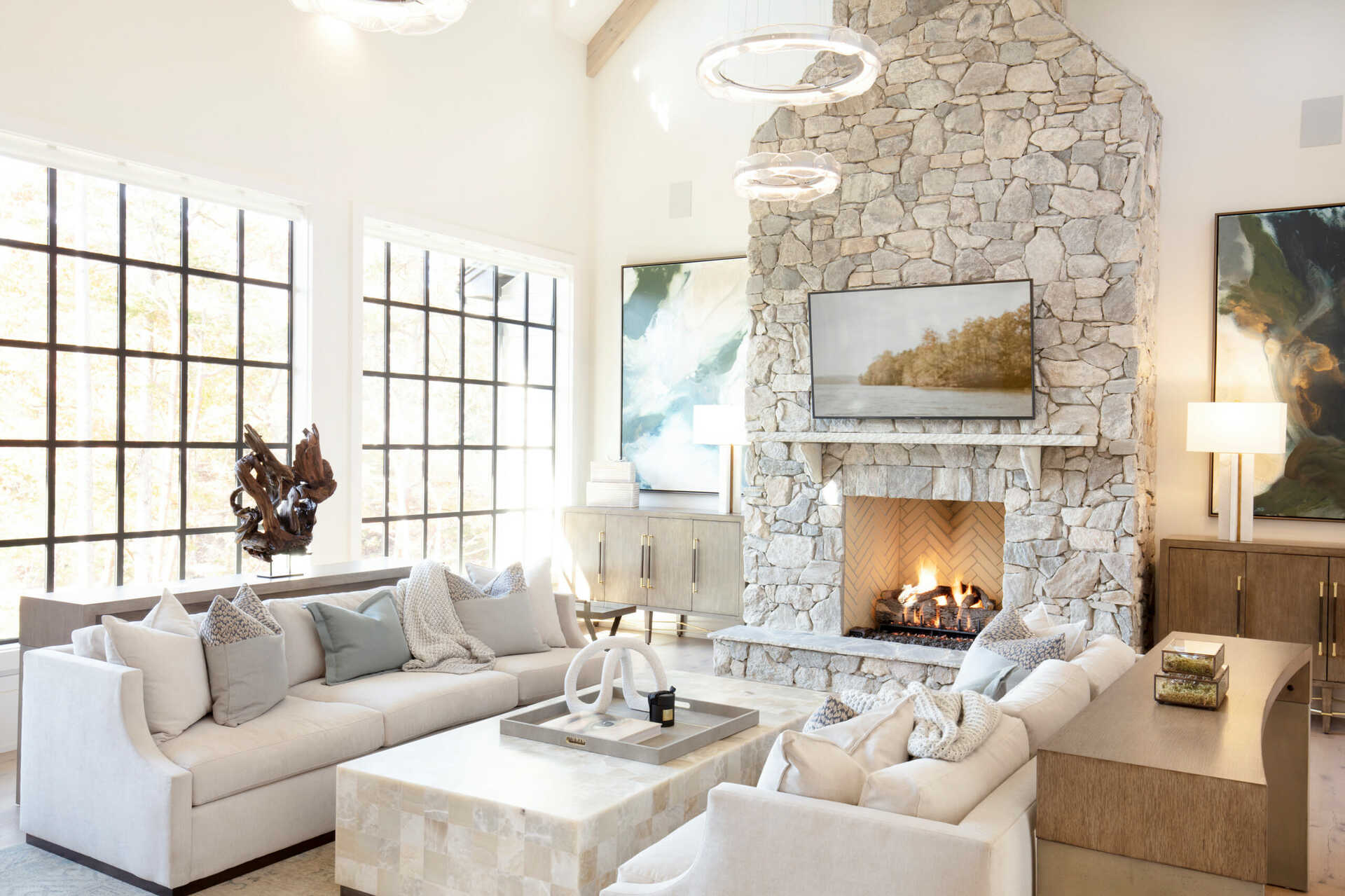
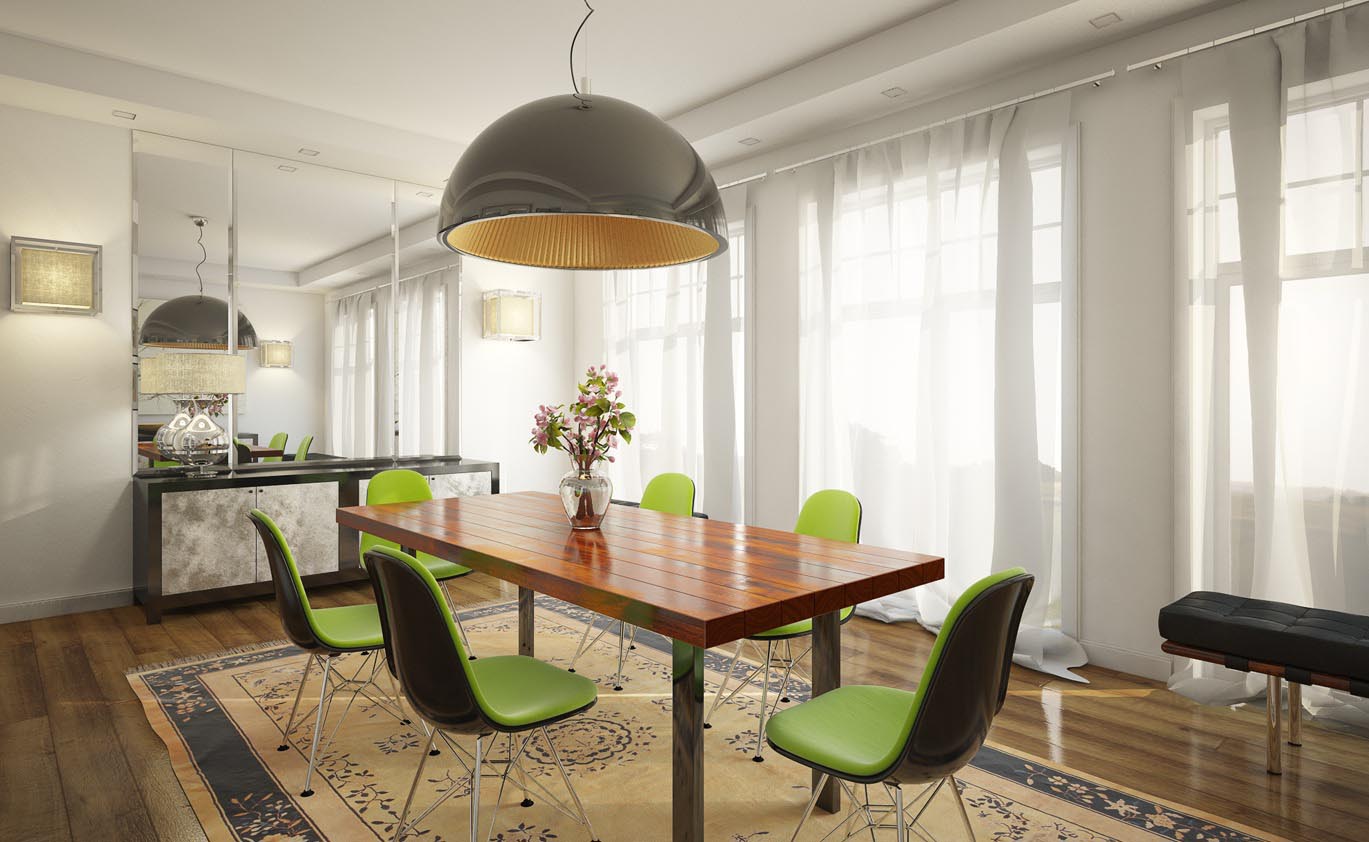
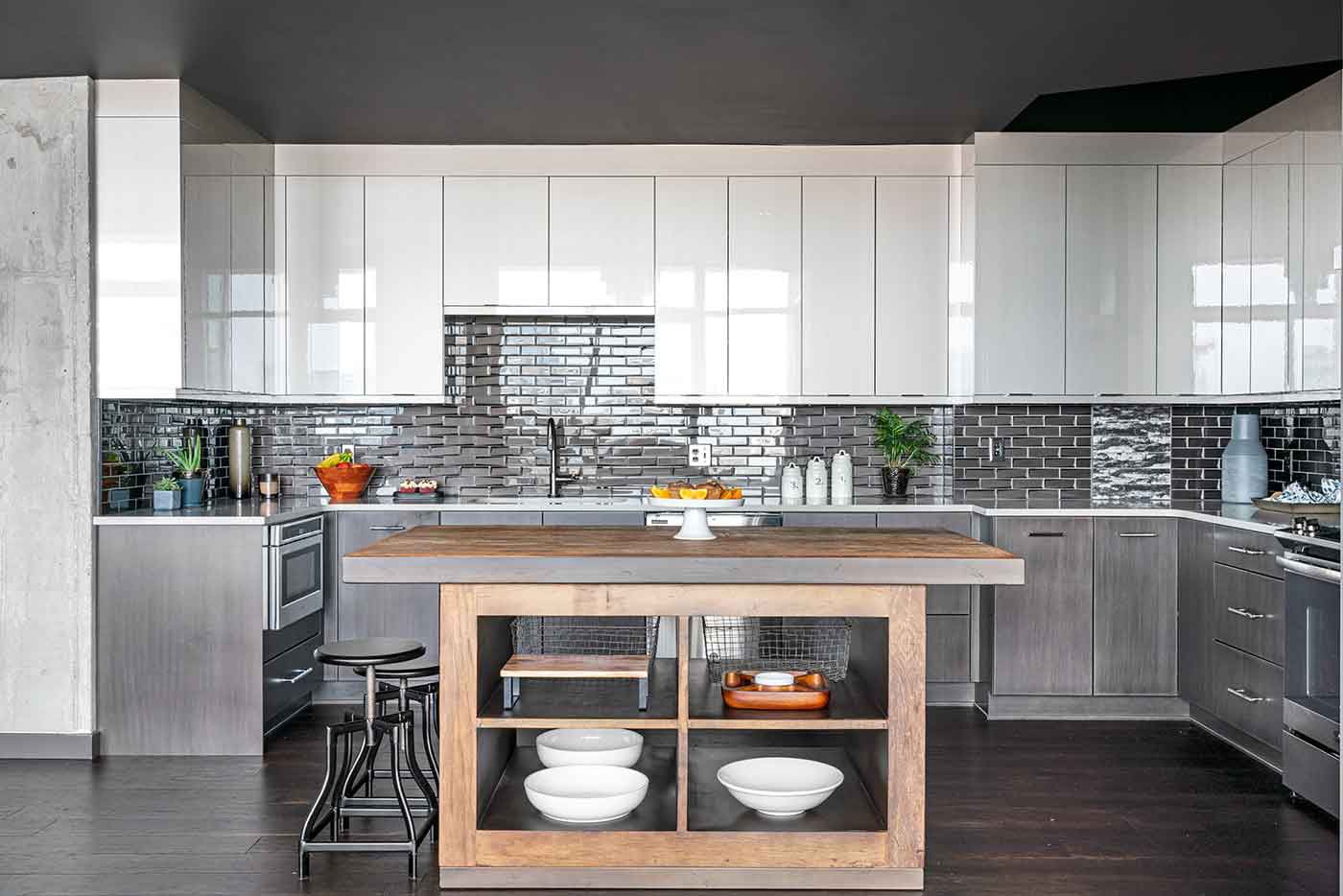

0 thoughts on “Living Room Furniture Arranging Mistakes: 7 Ways To Avoid Bad Layouts”